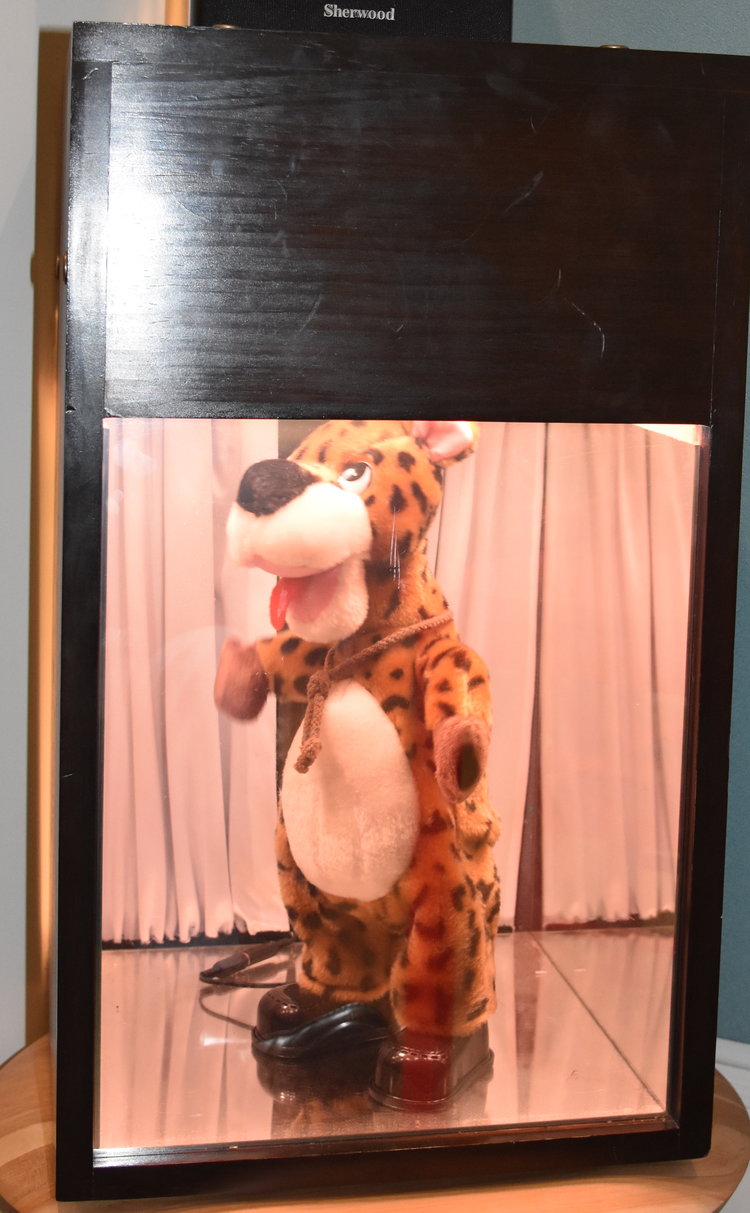Figure: “the puppet show”. If the child correctly responds to a sound stimulus, the puppet does a playful dance. This makes the hearing test an engaging and enjoyable experience for even the youngest child.
Hearing Assessment For Children Of All Ages
Make sure your child has the best possible hearing
WHY DOES MY CHILD NEED A HEARING TEST?
- Although New South Wales has an excellent newborn hearing screening program, which tests newborns before they leave the hospital it is possible for children to acquire a hearing loss.
- Most commonly hearing loss in young children is due to ear infection and is a temporary condition.
- Nevertheless, even temporary hearing loss can cause disruption to speech and language development and may cause behavioural problems.
- We have a range of different equipment that allows us to assess the hearing of children from birth.
HOW CAN MY CHILD’S HEARING BE ASSESSED?
Middle ear and Eustachian tube function testing (tympanometry).
- These middle ear tests are always a part of hearing tests for children .
- The most common cause of hearing difficulties in children is fluid behind the ear drum, which will be picked up by tympanometry.
- Fluid behind the ear drum (glue ear) causes reduction in hearing, and can lead to issues with speech reception and learning.
- If glue ear lasts for more than a few months, grommet insertion will return hearing to normal, and greatly help language development.
- This test is done simply by placing a small probe in the child’s ear for approximately 10 seconds. The probe delivers a soft buzzing noise and a puff of air into the ear canal to test the response of the eardrum.
- It is well tolerated by most children.
Otoacoustic Emission screening (from birth)
- This test can be done from birth and involves placing a small dome into a child’s ear canal opening and delivering a ‘clicking’ noise.
- The test procedure is not at all painful and if the child passes it indicates good cochlear outer hair cell function which is required for normal hearing.
- This test typically takes 30 seconds to 2 minutes per ear.
- Passing this test suggests adequate hearing for speech development
- Visual Reinforcement Audiometry (from 6 months)
- This test involves using a sound field speaker and teaching your child to look for a puppet in a lighted box each time a sound is audible to them.
- Using this test, we are able to ascertain if they have adequate hearing for speech and language development.
Play Audiometry (from 3-6years)
- This test involves wearing headphones while we present varying frequency tones to ascertain the softest audible sound you are able to hear.
- For children between 3-6 years of age, responses will be obtained by using a conditioned play task while older children and adults will press a response button to indicate when they hear a sound.
- Children from 6 years old (and often younger) can be be reliably tested in the same way as adults.
MY GP TOLD ME THAT MY CHILD’S EARDRUMS LOOK DULL, WHAT DOES THIS MEAN?
- It is possible this might indicate there is fluid sitting in the middle ear cavity that could affect your child’s hearing.
- Individual eardrums do look different, making it hard to know insome cases if a dull appearance is a result of middle ear fluid.
- Tympanometry testing will indicate if there seems to be a problem with fluid in the middle ear.
